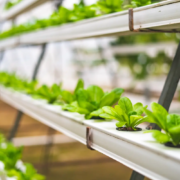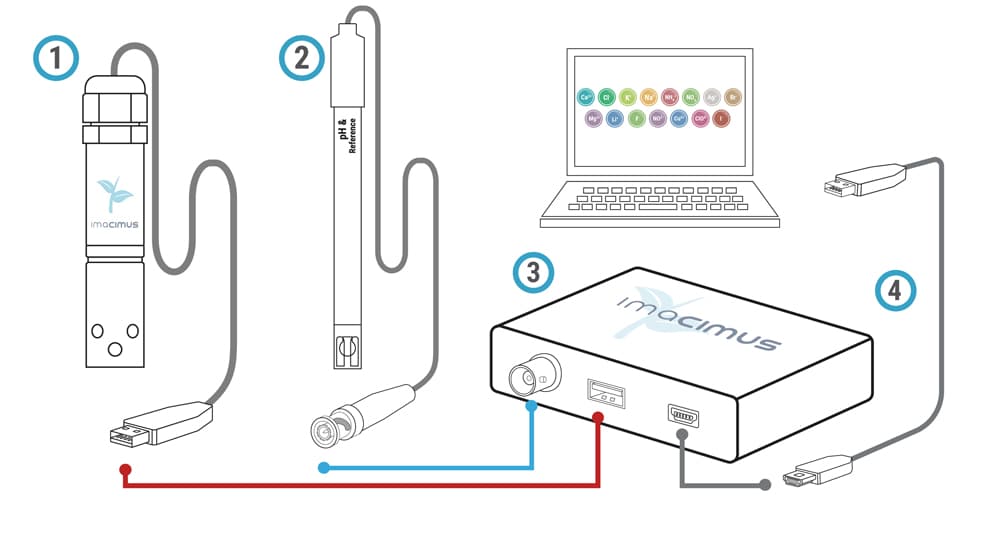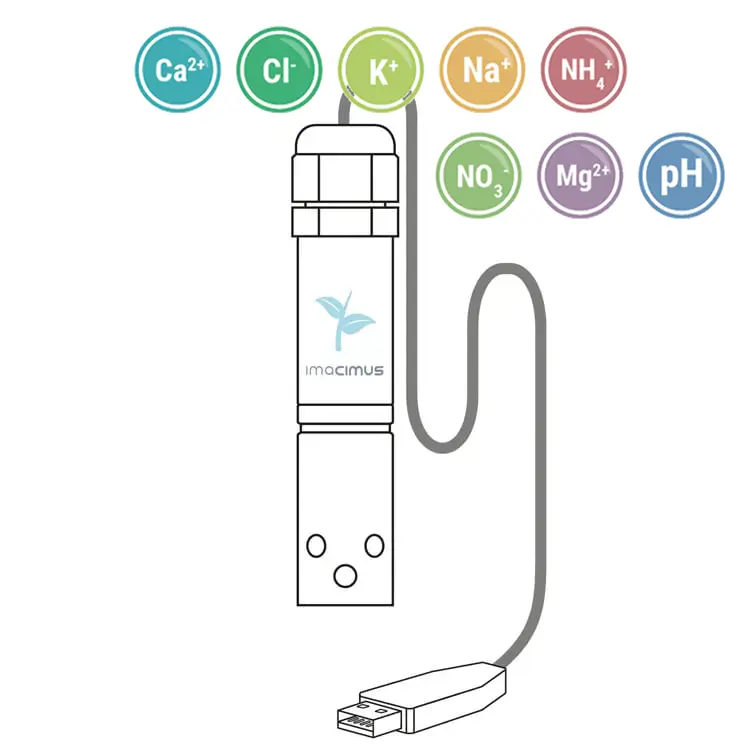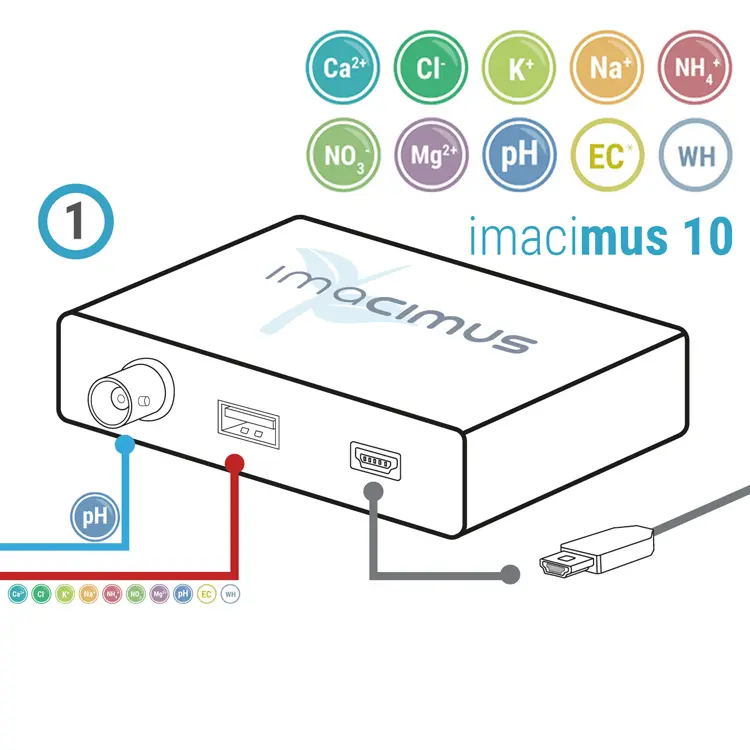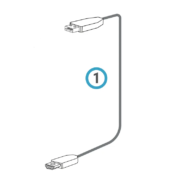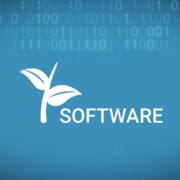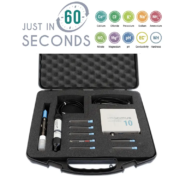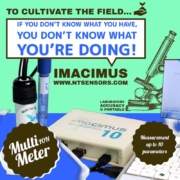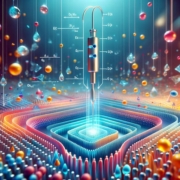4 Features of Hydroponic Nutrient Sensor
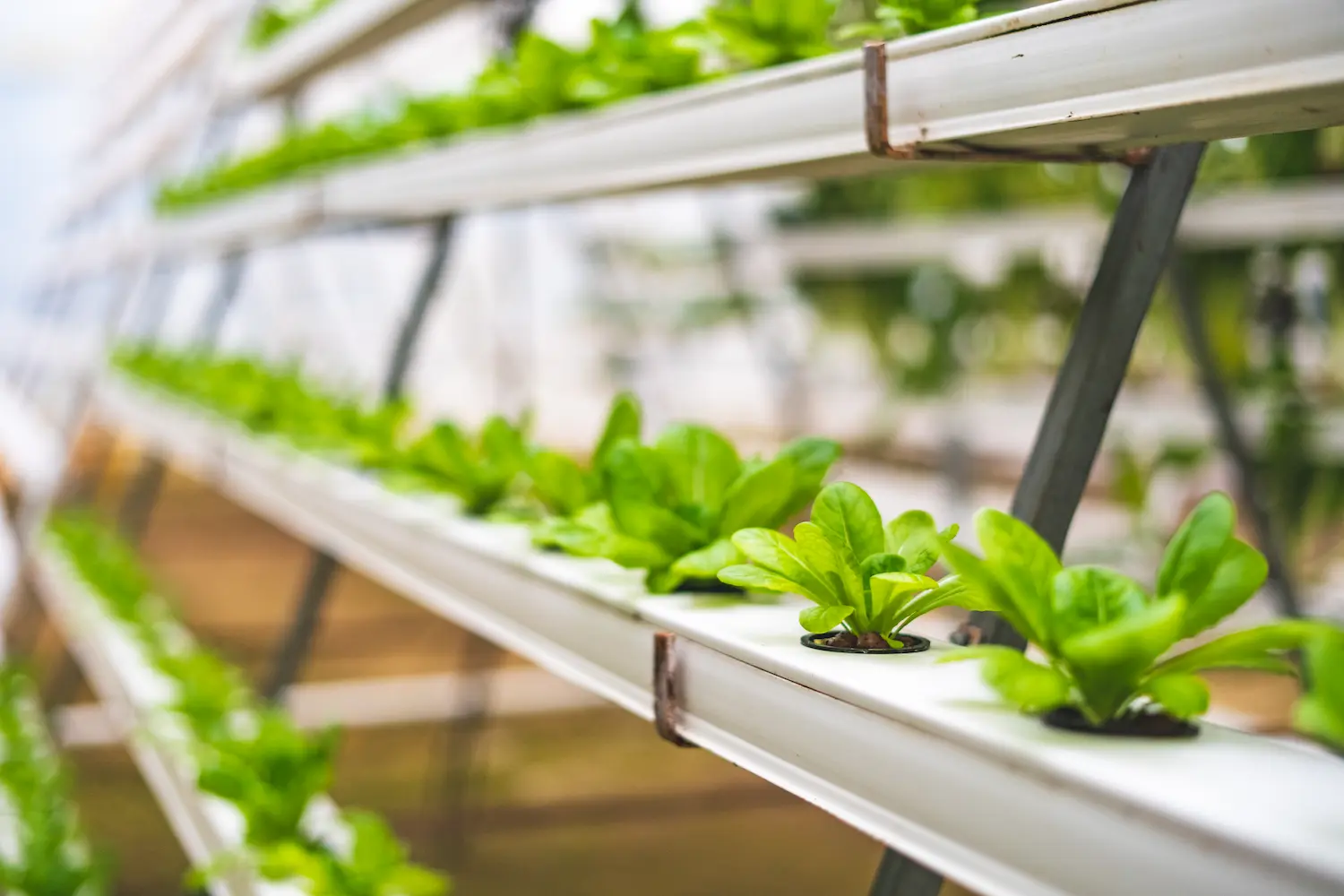
Hydroponics nutrient sensor for analysis
Hydroponics is an alternative method of growing food using water instead of soil. The hydroponic nutrient sensor meter and nutrient meter track nutrient levels.
4 Features of Hydroponic Nutrient Sensor
- It measures nitrogen levels with an ISE nitrogen sensor. A nitrogen sensor measures the nitrogen level in its solution. You can use this data to determine whether you need to add more fertilizer or not.
- Monitors nitrate levels with a nitrate ISE sensor. A nitrate sensor monitors nitrate levels in its solution. This allows you to see how much nitrate is available in your solution.
- Detects ammonia levels with an ammonium ISE sensor. The ammonia sensor detects ammonium levels in water. It will let you know when the level is too high. You can adjust the pH of your solution to reduce ammonia levels.
- Check pH levels with an ISE pH sensor. A pH sensor is a small device that connects to the sample. It measures the pH of your water and checks data. This allows you to see how your plants are doing.
A pH sensor will alert you when the pH level drops below 5.5 or rises above 7.0. If you notice a sudden drop in pH levels, you should check your water quality immediately. You can also use an inline pH sensor to measure the pH of your water every day.
With imacimus 10 it is possible, fast and accurate!
imacimus 10
Hydroponics nutrient meter an indispensable tool.
Embarking on a journey through hydroponics, one quickly discovers the pivotal role of a hydroponic nutrient meter. Interestingly, this tool is akin to a personal garden assistant, diligently monitoring and providing vital insights into the nutrient conditions your plants are immersed in.
Furthermore, the essence of using a hydroponic nutrient meter is found in its remarkable precision and user-friendliness. Whether you’re an expert grower or a novice, this device remarkably simplifies the process of ensuring optimal nutrient delivery to your plants. Essentially, it acts as a transparent window into the nutrient solution – the lifeblood of your hydroponic system.
Let’s delve deeper into how this ingenious device can revolutionize your hydroponic gardening:
1. Real-Time Monitoring: Imagine the convenience of knowing the precise nutrient levels in your system at any moment. This is precisely what a hydroponic nutrient meter offers. Consequently, you’ll avoid the guesswork of whether your plants are under or over-nourished.
2. Tailored Nutrition: Each plant species has its unique nutritional needs. Fortunately, with a nutrient meter, you can customize the nutrient solution to meet these specific demands. It’s comparable to creating a specialized diet for your plants, ensuring robust growth and health.
3. Early Detection of Imbalances: Occasionally, imbalances occur in hydroponic systems. Significantly, a nutrient meter aids in early detection of these issues, averting potential harm to your plants. This early detection leads to prompt solutions, maintaining a flourishing garden.
4. Simplifies the Learning Curve: For beginners, hydroponics can initially seem challenging. However, a nutrient meter greatly reduces the complexity of nutrient management, enabling newcomers to quickly learn and grow like seasoned gardeners.
A hydroponic nutrient meter is not just a simple tool; it’s a transformative element for anyone committed to their hydroponic garden. It equips you with crucial knowledge and control, resulting in healthier plants, more abundant yields, and a more gratifying gardening experience. Here’s to successful and enjoyable growing!

